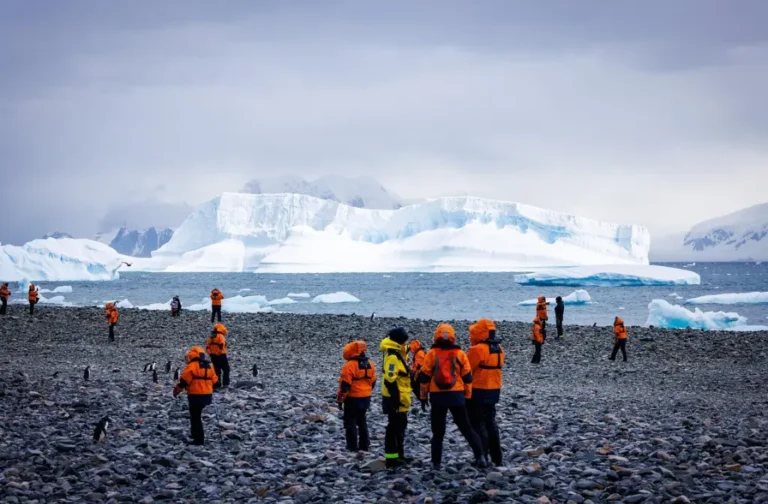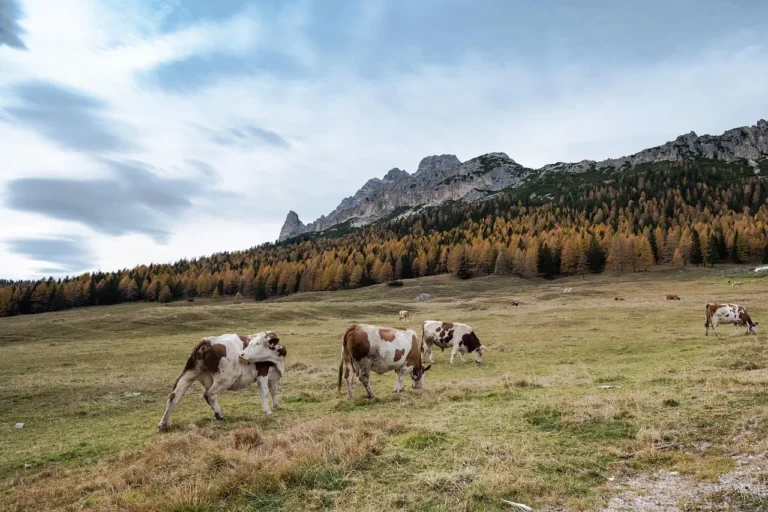travel advisory: 7 Safety Rules Before You Fly
Table of Contents
Travel Advisory: 7 Must-Know Flight Safety Rules for Pet Lovers and Wildlife Explorers
Have you ever been so excited about a trip that you completely overlooked the basic safety measures before boarding the plane? Whether you’re a solo explorer, an animal lover traveling with your pet, or a wildlife enthusiast ready for an outdoor adventure, following a proper travel advisory is the first step toward a safe and unforgettable journey. In this guide, you’ll discover 7 essential safety rules to help you navigate air travel with confidence and peace of mind.
Fun Historical Travel Facts
Traveling today feels like second nature, but it wasn’t always that way. Let’s take a quick journey back in time to appreciate the evolution of travel safety.
The Birth of Travel Regulations
Did you know that the first travel advisory was issued back in the early 1800s during the railway boom? As steam engines gained popularity, new concerns about speed, safety, and coordination led governments to create early travel guidelines. These became the blueprint for modern travel regulations.
Quirky Old Laws That Still Exist
Some countries still have quirky travel laws rooted in history:
- In Singapore, chewing gum is prohibited. Breaking this rule can lead to fines.
- Australia enforces strict quarantine laws for animals entering the country, a nod to its unique ecosystem.
- Japan requires special paperwork for pets, even if you’re just transiting.
These oddities often appear in today’s travel advisory updates, especially for pet owners and wildlife lovers.
Record-Breaking Destinations and Unique Locations
Planning a trip to an extreme or record-breaking location? Safety should be your top priority.
World Records Worth Visiting
Here are a few awe-inspiring places that hold world records:
- Mount Everest Base Camp, Nepal: World’s highest trekking destination.
- Son Doong Cave, Vietnam: The largest cave system on Earth.
- Oymyakon, Russia: The coldest inhabited place on the planet.
All these places are thrilling but come with their own set of challenges. A local or international travel advisory may recommend specific gear, vaccinations, or restrictions for such destinations.
Hidden Wonders with Safety Tips
Lesser-known spots can be magical, but they may not have the infrastructure of tourist hubs. For example:
- Lake Natron, Tanzania: Stunning but extremely alkaline—dangerous for unprepared visitors.
- Kaieteur Falls, Guyana: Breathtaking but remote, requiring a guide and bush plane.
Always check the travel advisory issued by your destination’s government and your own country before visiting these off-the-beaten-path gems.
Table: Record-Breaking Destinations & Travel Advisory Recommendations
| Destination | Record Type | Advisory Tip |
|---|---|---|
| Mount Everest | Highest trek | Acclimatize, hire a certified guide |
| Son Doong Cave | Largest cave | Limited entry, must book months ahead |
| Oymyakon | Coldest village | Wear insulated gear, travel in groups |
Surprising Cultural Practices and Traditions
Culture is the soul of travel—but it can also be a minefield if you’re unaware of local norms.
Festivals and Local Etiquette
Different parts of the world celebrate life in unique ways. While attending festivals can be fun, ignoring a local travel advisory could land you in trouble:
- India’s Diwali Festival: Fireworks everywhere—carry earplugs and wear natural fibers.
- Spain’s Running of the Bulls: Thrilling, but high injury risk. Know where the safety barriers are.
Respect for Animals in Cultural Settings
If you’re an animal lover, be cautious about interactions with local wildlife and sacred animals. In many places:
- Monkeys are worshipped (India), and harming them is illegal.
- Touching cows (Nepal) can be considered offensive.
- Photographing certain animals or temples can invite penalties.
A quick look at a region’s travel advisory can help you stay respectful and safe.
Nature’s Wonders and Hidden Gems
For wildlife enthusiasts and pet owners, exploring nature’s grandeur is a dream come true. But natural beauty often comes with hidden dangers.
National Parks and Animal Zones
Planning a safari or a forest hike? Remember these safety tips:
- Stay on marked trails to avoid dangerous terrain.
- Don’t feed wild animals; it’s bad for them and risky for you.
- Always leash your pets, especially in predator zones.
Look for updates in the travel advisory section of park websites or government portals.
Off-the-Grid Escapes
Thinking of exploring Iceland’s glaciers or the Amazon rainforest?
- Check for weather-related travel advisory warnings.
- Book only with certified eco-tourism operators.
- Carry a satellite phone in remote areas.
Travel Innovations and Quirky Trends
Tech and trends are changing how we travel—and how we stay safe.
Modern Safety Tools
Embrace these new-age safety tools:
- AI Travel Assistants: Apps that monitor safety alerts.
- GPS Trackers: Attach one to your pet’s collar or your luggage.
- Translation Apps: Crucial in emergencies.
Before you fly, a smart travel advisory app can keep you updated in real time.
Pet-Friendly Travel Services
Flying with a furry friend? Here’s what you should know:
- Some airlines offer pet-first cabins.
- Book accommodations that cater to animals.
- Research pet import/export rules in the travel advisory section of your airline or consulate’s website.
List: Top Travel Apps for Safety and Convenience
- SmartTraveler
- Sitata
- GeoSure
- Google Translate
- PetSafe Travel Guide
The 7 Safety Rules Before You Fly
Let’s dive into the core of this travel advisory—the 7 must-follow safety rules for every traveler.
1. Research Your Destination’s Travel Advisory
- Government websites often issue safety grades (Level 1 to Level 4).
- Look for updates on political unrest, weather hazards, and health warnings.
2. Get Proper Vaccinations and Insurance
- Check for vaccine requirements in countries like Brazil (Yellow Fever) or Thailand (Rabies).
- Travel insurance should cover both medical emergencies and pet-related incidents.
3. Understand Local Laws and Animal Policies
- Is your pet allowed in public spaces?
- Are there leash laws or wildlife protection rules?
- Violating these can result in fines or detainment.
4. Safeguard Important Documents
- Make digital backups of passports, pet documents, and itineraries.
- Use cloud storage for access from anywhere.
5. Pack a Safety Kit
- Include a first-aid kit, pet essentials, water filter, and flashlight.
- If heading to a remote place, consider a flare gun or emergency beacon.
6. Stay Connected
- Share your itinerary with someone you trust.
- Enable location tracking on your phone.
- Use a local SIM or international plan for emergencies.
7. Trust Your Instincts
- If something feels off, it probably is.
- Walk away from uncomfortable situations and seek help if needed.
Each rule aligns with a travel advisory principle endorsed by travel experts and global authorities.
Conclusion: Your Next Adventure Starts with Safety
You don’t need to be a seasoned globetrotter to travel smart. Whether you’re visiting a cultural hotspot, hiking through jungles, or flying with your beloved pet, paying attention to the travel advisory could make or break your experience.
Remember: Traveling isn’t just about where you go, but how you go. These safety tips are your passport to unforgettable, worry-free adventures.
Ready to explore the world with confidence? Share this guide with fellow travelers, save it for your next trip, and always, always check the travel advisory before you fly!
FAQs: travel advisory – 7 Safety Rules Before You Fly
Q1: What is a travel advisory?
A travel advisory is an official notice issued by governments to inform travelers about potential risks in specific regions.
Q2: How often are travel advisories updated?
Most are updated weekly or when new risks emerge, such as natural disasters or health crises.
Q3: Are pets included in travel advisory notices?
Yes. Many advisories include animal transport rules and quarantine laws.
Q4: Where can I find official travel advisories?
Check government websites like travel.state.gov or the WHO’s travel section.
Q5: What happens if I ignore a travel advisory?
You risk travel delays, deportation, fines, or denied entry into a country.







